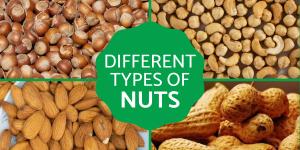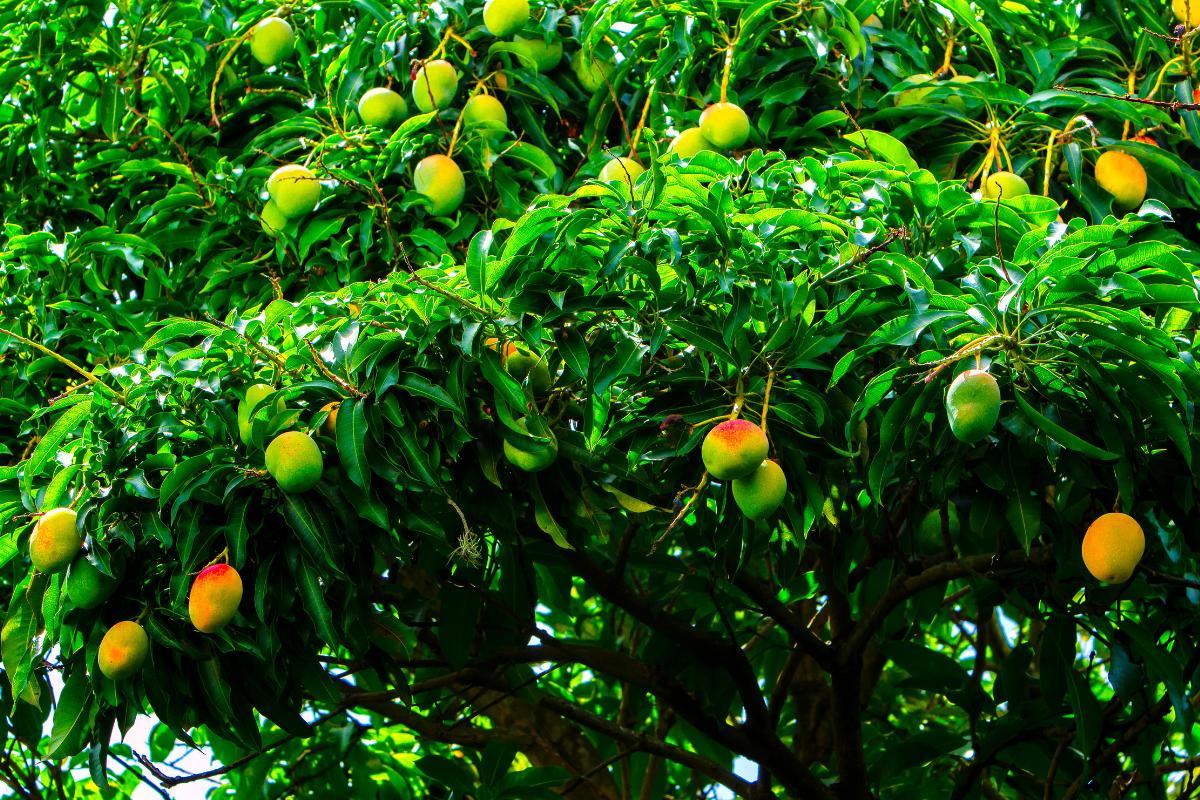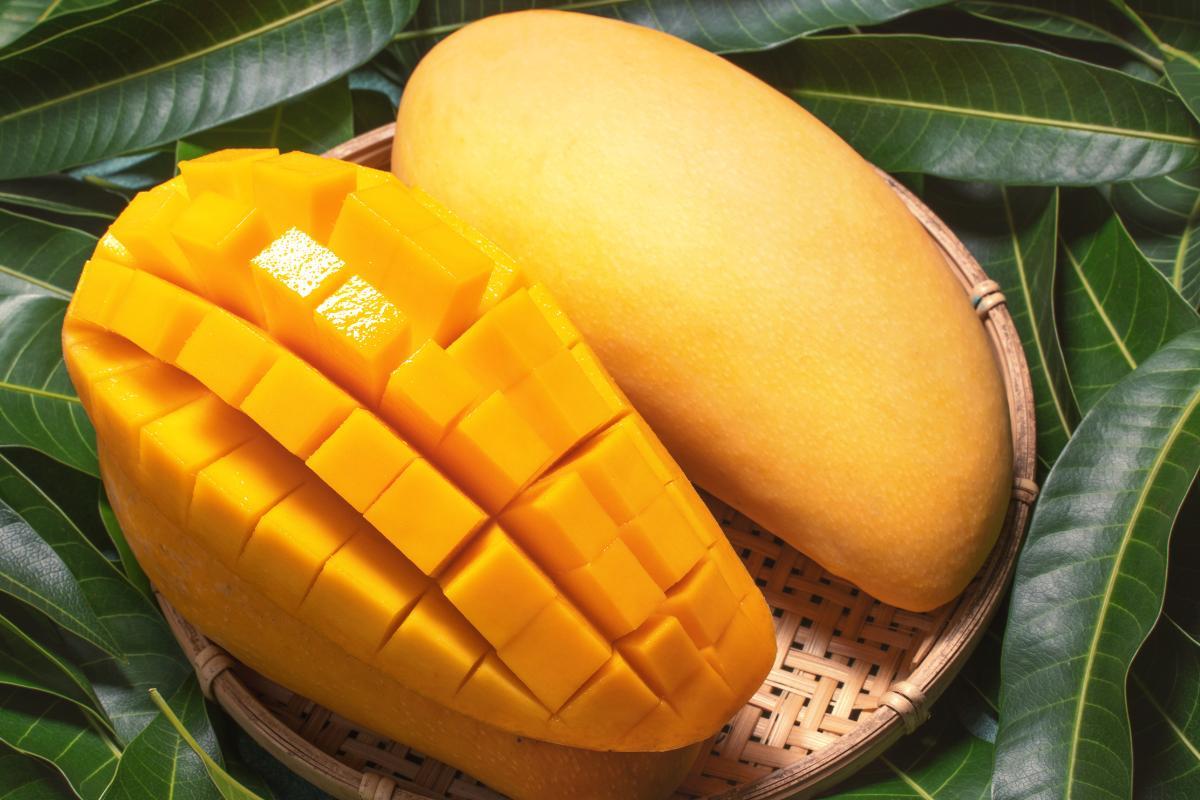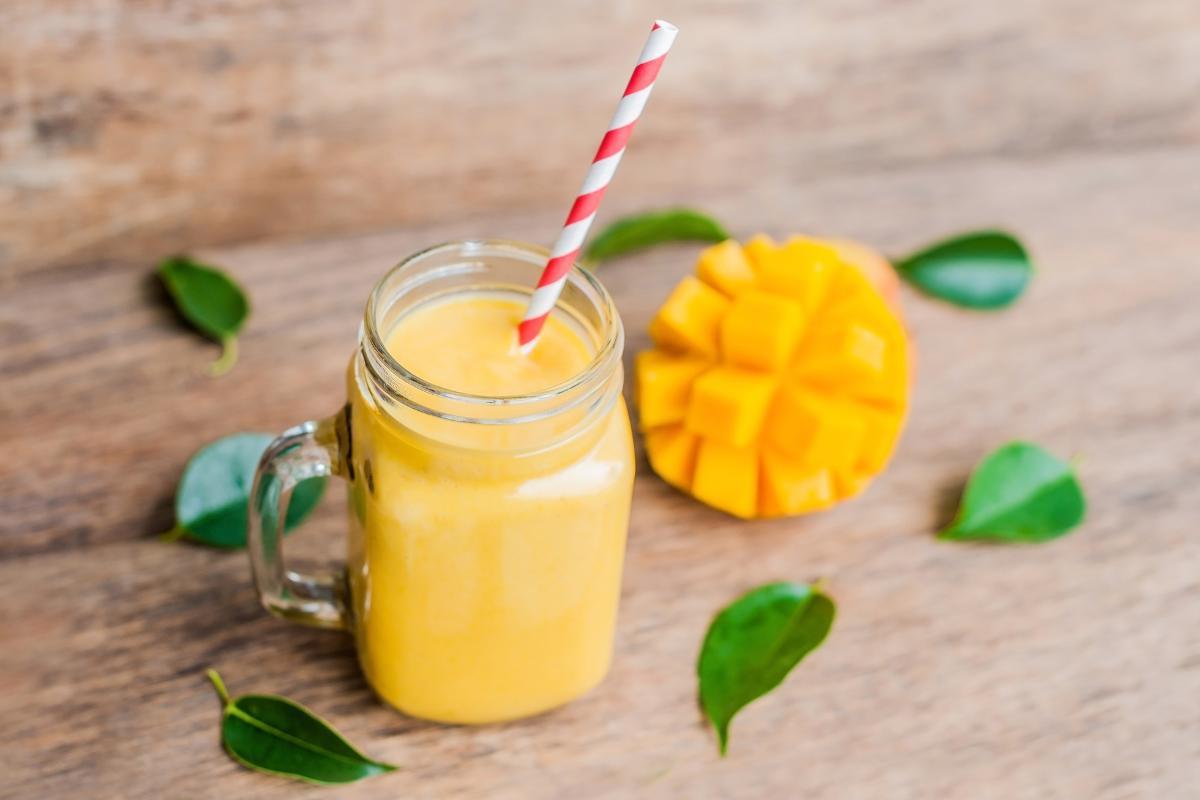What Is Mango? Properties, Benefits and Contraindications


Mango, originating from Asia, is a delectable fruit that not only tantalizes our taste buds with its sweet and exotic flavor but also offers a plethora of properties and benefits for human health. Cultivated and marketed extensively, this fruit is packed with compounds that bestow upon it antioxidant properties, which in turn aid in the prevention of neurodegenerative and cardiovascular diseases. Additionally, mango possesses nutritional properties that contribute to maintaining a balanced and healthy diet, along with digestive benefits attributed to its high dietary fiber content.
In the following article from thedailyECO we delve into the various properties of mango, explore its wide-ranging benefits, and also discuss any potential contraindications.
What is mango?
Mango, scientifically known as Mangifera indica and belonging to the Anacardiaceae family, is a fruit native to India and Southeast Asia.
It has been cultivated in warm and subtropical regions across the globe for thousands of years. This tropical evergreen plant can grow into a medium to large tree, reaching heights of up to 30 meters. Its trunk is straight, and it boasts spreading branches covered by a rough, gray bark. The leaves of the mango tree are elongated, alternate in arrangement, and display a glossy dark green color with a leathery texture.
The mango tree produces small, fragrant flowers that grow in inflorescence called panicles. These flowers are pollinated either by insects or by the wind, eventually developing into the beloved fruits we know. The mango fruit is categorized as a drupe, characterized by its rind, juicy and fibrous flesh, and a woody endocarp enclosing a single large and hard seed. The skin color of the mango can vary, displaying shades of green, yellow, red, or a combination thereof.
This fruit is highly esteemed for its tropical flavor and its distinct aroma. It is a versatile fruit enjoyed both fresh and incorporated into various culinary creations. Beyond its delightful taste, mango is also known for its nutritional value, boasting high levels of vitamin C, vitamin A, and various antioxidants. These properties contribute to a multitude of health benefits associated with consuming mango.
If you want to learn more about the different types of trees that exist, be sure to read this other article.

Properties of mango
Mango is a fruit that offers a range of properties that make it highly valuable for our health and well-being. Let's explore its key attributes:
- Antioxidants: mango is rich in antioxidants, including mangiferin, quercetin, and resveratrol.
- Immunological benefits: the abundance of nutrients, particularly vitamin C, in mango makes it beneficial for boosting the immune system.
- Digestive health: mango contains dietary fiber, both soluble and insoluble, which aids in maintaining a healthy digestive system.
- Nutritional value: mango is not only delicious but also highly nutritious. It is a great source of essential vitamins and minerals, including vitamin A, vitamin C, potassium, and folate.
Benefits of mango
Mango possesses a wide array of properties that contribute to its nutritional value and potential health benefits. Here are some of the notable properties of mango:
- Rich in nutrients: mango is packed with essential vitamins and minerals. It is an excellent source of vitamin C, which supports the immune system and aids in collagen production. It also contains vitamin A, which promotes healthy vision and skin. Additionally, mango provides dietary fiber, potassium, and folate.
- Antioxidant-rich: mango contains various antioxidants, including compounds like mangiferin, quercetin, and resveratrol. These antioxidants help protect the body's cells from damage caused by harmful free radicals, thereby reducing the risk of chronic diseases such as heart disease, cancer, and age-related macular degeneration.
- Anti-Inflammatory properties: some components found in mango, such as mangiferin, have anti-inflammatory effects. This can help reduce inflammation in the body, which is associated with various chronic conditions like arthritis, inflammatory bowel disease, and cardiovascular diseases.
- Digestive benefits: mango is a good source of dietary fiber, both soluble and insoluble. Fiber aids in maintaining a healthy digestive system by promoting regular bowel movements, preventing constipation, and supporting gut health.
- Potential immune-boosting effects: the high vitamin C content in mango can enhance immune function and help protect against common illnesses, such as colds and flu.
- Skin health: mango contains compounds that may promote skin health and provide a natural glow. Vitamin C aids in collagen production, which contributes to the firmness and elasticity of the skin. Additionally, mango contains beta-carotene, which can help protect the skin against sun damage.
- Eye health: the presence of vitamin A and other antioxidants in mango contributes to maintaining healthy vision. These nutrients help protect the eyes from oxidative stress and may reduce the risk of age-related macular degeneration.
It's important to note that while mango offers potential health benefits, individual results may vary. As with any dietary considerations, it is advisable to consume mango as part of a balanced diet and consult with a healthcare professional for personalized advice.

How to eat mango
Mango, with its diverse flavors and textures, offers a delightful culinary experience. Here are instructions on how to peel and cut a mango, as well as a list of delicious mango recipes to explore:
How to peel a mango
- Place the mango on a cutting board and hold it firmly.
- Using a sharp knife, make a longitudinal cut along the mango, following the contour of the central seed. This will result in two mango halves.
- Hold one half of the mango with the skin-side down and make grid-shaped cuts into the flesh, being careful not to cut through the skin.
- Gently press the skin outwards to invert the mango pulp, revealing the diced or sliced mango.
- Repeat the process with the other half of the mango.
Mango recipes to try
- Mango ice cream: indulge in a creamy and refreshing dessert by blending ripe mangoes with cream, sugar, and a touch of vanilla. Freeze the mixture until it reaches a smooth, ice cream-like consistency.
- Quinoa salad with mango: combine cooked quinoa with diced mango, fresh herbs like cilantro or mint, vegetables, and a tangy dressing for a nutritious and flavorful salad.
- No-bake mango tart: create a delicious and easy-to-make tart by blending crushed biscuits with melted butter for the crust. Fill the tart with a smooth mango puree or slices and chill until set.
- Thai mango sticky rice: experience the sweet and savory combination of sticky rice, fresh mango slices, and a drizzle of coconut sauce, popular in Thai cuisine.
- Mango jelly: prepare a refreshing and wobbly treat by combining mango puree with gelatin. Set the mixture in molds or glasses until firm, then serve chilled.
- Mango mousse: whip up a light and airy dessert by blending mango puree with whipped cream and gelatin. Allow the mousse to set in individual glasses or a larger mold before serving.
- Mango cream: make a creamy and tropical dessert by whipping cream with mango puree and sweetening to taste. Serve it on its own or as a topping for cakes or pancakes.
These are just a few examples of the many delightful mango recipes available. Feel free to explore cookbooks, websites, and food blogs for more creative ways to savor the flavors of mango in various culinary creations. Enjoy the versatility of this exotic fruit and let your taste buds be delighted by its vibrant taste.

Contraindications of mango
While mango is generally safe and well-tolerated by most individuals, there are a few considerations and contraindications to keep in mind:
- Allergies: although rare, some individuals may be allergic to mango. Allergic reactions can manifest as itching, swelling, hives, or even anaphylaxis in severe cases. If you have known allergies to related fruits or have experienced allergic reactions to mango in the past, it is advisable to avoid consuming mango or consult with a healthcare professional.
- Upset stomach: mango is rich in fiber, which is beneficial for digestion. However, consuming excessive amounts of mango or having a sensitive digestive system may lead to bloating, gas, or stomach upset. It is important to consume mango in moderation and listen to your body's response.
- Interaction with medications: mango contains compounds that may interact with certain medications. For example, mango has a natural compound called furanocoumarin, which can inhibit specific enzymes responsible for drug metabolism. If you are taking medications, especially those metabolized by these enzymes, it is recommended to consult with a healthcare professional to ensure there are no potential interactions.
- Oral dermatitis: some individuals may experience oral dermatitis when coming into contact with mango skin or sap. This can result in skin irritation, itching, or a rash around the mouth or on the hands. It is advisable to handle mangoes with caution and wash hands thoroughly after handling the fruit or its peel.
It's important to note that these considerations and contraindications apply to specific individuals and may not apply to everyone. If you have any concerns or specific health conditions, it is recommended to consult with a healthcare professional or allergist for personalized advice regarding the consumption of mango.
If you want to read similar articles to What Is Mango? Properties, Benefits and Contraindications, we recommend you visit our Healthy foods category.
- Wall-Medrano, A., Olivas-Aguirre, FJ, Velderrain-Rodríguez, GR, González-Aguilar, A., Rosa, LA, López-Díaz, JA, & Álvarez-Parrilla, E. (2015). "Mango: agro-industrial aspects, nutritional/functional value and effects on health."








